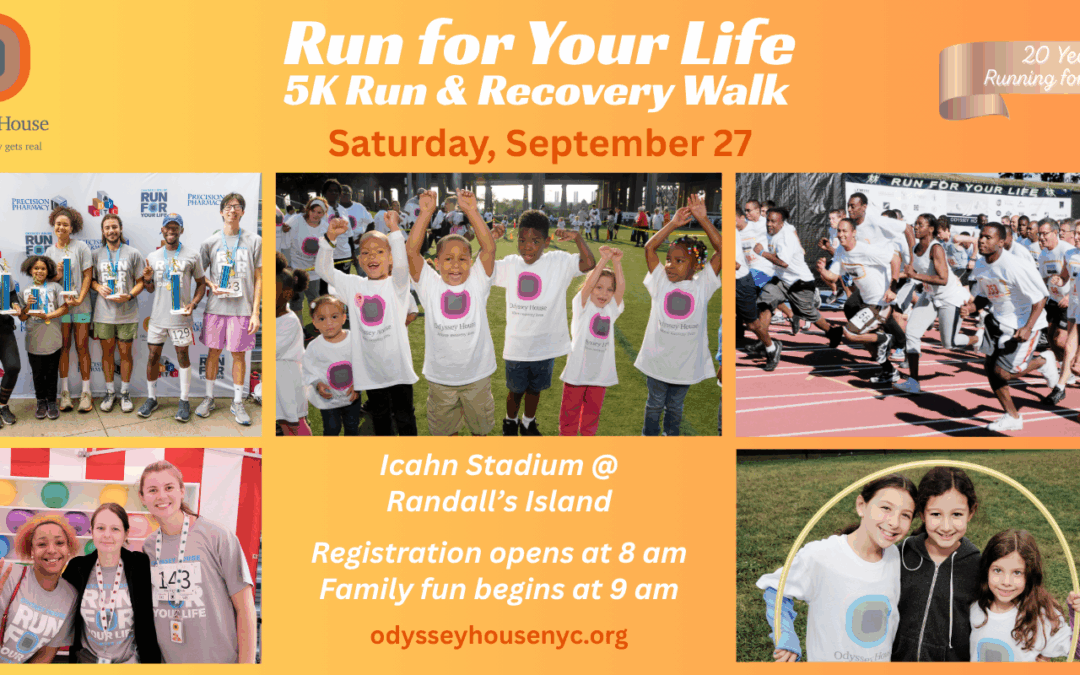Alcohol or Drug addiction, also called substance use disorder, is a problematic pattern of substance use leading to significant impairment or distress. This involves a range of symptoms related to loss of control, social impairment, risky use, and tolerance/withdrawal.
Though alcohol and nicotine are legal substances, they are also considered drugs.
How can I tell whether I have an addiction to alcohol or another substance?
When you’re struggling with addiction, you’re not able to control your drug use, and you may continue using the substance despite the harm it causes. Drug or alcohol addiction can cause an intense craving for the substance. You may want to quit, but you, like many people, find they can’t do it on your own.
Substance use disorders occur when the recurrent use of alcohol and/or drugs causes you significant impairment, such as health problems, disability, and failure to meet major responsibilities at work, school, or home. Continued use/abuse can cause serious, long-term consequences, including problems with your health, relationships, employment, and the law.
You may need help from your doctor, family, friends, support groups, or an organized treatment program to overcome your substance or alcohol use/misuse and to remain substance-free.
The following is a list with descriptions of the most common substance use disorders in the United States.
ALCOHOL USE DISORDER (AUD)
Excessive alcohol use can increase a person’s risk of developing serious health problems in addition to those issues associated with intoxication behaviors and alcohol withdrawal symptoms. According to the Centers for Disease Control and Prevention (CDC), excessive alcohol use causes 88,000 deaths a year. An estimated 17 million Americans have an AUD.
The definitions for the different levels of drinking include the following:
- Moderate Drinking—up to 1 drink per day for women and up to 2 drinks per day for men
- Binge Drinking—drinking 5 or more alcoholic drinks on the same day/occasion on at least 1 day in the past 30 days
- Heavy Drinking—drinking 5 or more drinks on the same day/occasion on each of 5 or more days in the past 30 days
Excessive drinking can put you at risk of developing an alcohol use disorder in addition to other health and safety problems. Genetics have also been shown to be a risk factor for the development of an AUD.
To be diagnosed with an AUD, individuals must meet certain diagnostic criteria, including problems controlling intake of alcohol, continued use of alcohol despite problems resulting from drinking, development of a tolerance, drinking that leads to risky situations, or the development of withdrawal symptoms. The severity of an AUD—mild, moderate, or severe—is based on the number of criteria met.
CANNABIS USE DISORDER
Marijuana is the third most-used drug after alcohol and tobacco in the United States.
Marijuana’s immediate effects include distorted perception, difficulty with thinking and problem-solving, and loss of motor coordination. Long-term use of the drug can contribute to respiratory infection, impaired memory, and exposure to cancer-causing compounds. Heavy marijuana use in youth has also been linked to increased risk of developing mental illness and poorer cognitive functioning.
Some symptoms of cannabis use disorder include disruptions in functioning due to cannabis use, the development of tolerance (needing more and more to achieve the same effect cravings for cannabis, and the development of withdrawal symptoms, such as sleep disturbances, restlessness, nervousness, anger, or depression within a week of ceasing heavy use.
STIMULANT USE DISORDER
Stimulants increase alertness, attention, and energy, as well as elevate blood pressure, heart rate, and respiration. They include a wide range of drugs that have historically been used to treat conditions, such as obesity, attention deficit hyperactivity disorder and, occasionally, depression. Like other prescription medications, stimulants can be diverted for illegal use. The most commonly abused stimulants are amphetamines, methamphetamine, and cocaine.
Symptoms of stimulant use disorders include craving for stimulants, failure to control use when attempted, continued use despite interference with major obligations or social functioning, use of larger amounts over time, development of tolerance, spending a great deal of time to obtain and use stimulants, and withdrawal symptoms that occur after stopping or reducing use, including fatigue, vivid and unpleasant dreams, sleep problems, increased appetite, or irregular problems in controlling movement.
OPIOID USE DISORDER
Opioids reduce the perception of pain but can also produce drowsiness, mental confusion, euphoria, nausea, constipation, and, depending upon the amount of drug taken, can depress respiration. Illegal opioid drugs, such as heroin, and legally available pain relievers such as oxycodone and hydrocodone can cause serious health effects in those who misuse them.
Symptoms of opioid use disorders include strong desire for opioids, inability to control or reduce use, continued use despite interference with major obligations or social functioning, development of tolerance, spending a great deal of time to obtain and use opioids, and withdrawal symptoms that occur after stopping or reducing use, such as negative mood, nausea or vomiting, muscle aches, diarrhea, fever, and insomnia.
Do you provide medication for addiction treatment?
If appropriate, we do provide medication for addiction treatment.

Run for Your Life 2025
CELEBRATE RECOVERY DAY IN NYC! Saturday, September 27, 2025. Please join Odyssey House in commemorating the 20th Anniversary of our Run for Your Life 5K Run and Recovery Walk! Enjoy the natural splendor of Randall's Island Park on a 5K course featuring urban gardens...

